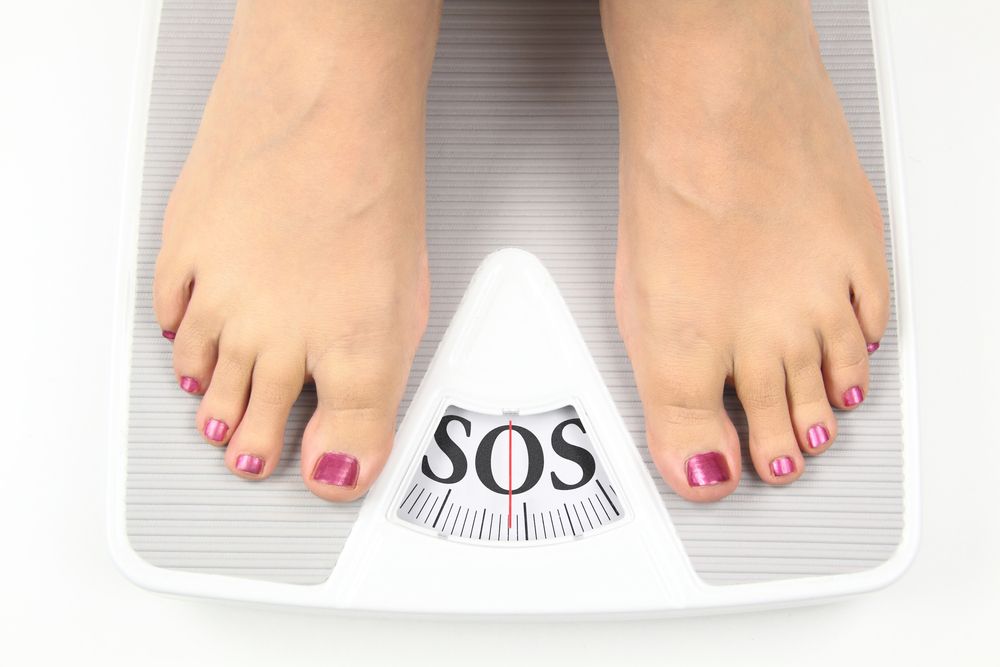Weight loss Plateaus and When to take a Diet Break
If you’ve read any of my fitness and weight loss blogs you’ll understand the importance of energy balance and macros for weight loss. Regardless of what you’ve been told, if you want to make a long term difference when it comes to the scales and your body composition you do need to understand how many calories you are consuming and how many you are burning.
However, as simple as the energy equation is in theory, it is not a perfect science. Our bodies are incredibly complex and there are many factors involved. You will typically find that your weight loss journey is often not a straight path. Your total calorie expenditure is also influenced by a number of factors, including your weight, muscle mass, level of fitness and the types of foods you are choosing.
As the pounds start to fall off your metabolism will also change and weight reduction can get harder. Your body makes subtle adjustments – for example natural daily activity can decline. You may well stop fidgeting as much or general daily movements decline. As your weight decreases then your overall calorie needs will also decrease and you may need to readjust your daily calorie goals and macros.
Most dieters will get to a stage where they feel they are doing everything right but the scale is not shifting. Weight loss plateaus can happen. Our metabolism is complex but it is possible to break through weight loss plateaus and get the results you want.
Remember that just because the scales did not shift one week does not mean your programme is not working. Your fat cells are pretty stubborn – they tend to try and hang around. They can fill with water to maintain their shape temporarily which can mean for a while you are retaining more water and the scales don’t look any different. Subtle fluctuations in water weight can also be linked to hormonal changes through the month.
If you continue to progress on your plan and keep in a calorie deficit eventually you will notice results. Remind yourself that losing weight takes time. The scale may well go up and down but consistency over time will lead to weight loss.
However if you are carefully tracking calories and nothing changes after a couple of weeks then you may be experiencing a weight loss plateau. This is entirely normal and particularly common the leaner you already are.

How to Kick Start Your Weight loss
Keep a food diary.
It may sound obvious but you need to check you really are still in a calorie deficit. As you lose weight you may find your calorie deficit has significantly reduced and your energy expenditure has also fallen. The result? You may not longer be in a significant energy deficit.
Move More
Before you start to cut more calories take a look at your overall energy levels. The more you move, the more you burn each day. Exercise is also a great way to build more lean muscle mass to increase your metabolism and allow you to burn more body fat.
Be realistic with yourself and your current level of fitness. You don’t have to start running or hitting the gym just moving more daily is a great place to start. If you already go out for a walk why not increase the distance and pace or go out twice a day. As your fitness increases incorporate new activities and exercises including some more intense workouts and resistance training.

Manage Hunger
Your body has two key hormones it uses to regulate hunger: ghrelin and leptin. Ghrelin is produced by the stomach, and signals to the brain to increase your appetite when the stomach is empty. Leptin is produced by your fat cells and signals to the brain that you are full. When you have a lot of weight to lose our hunger cues can go out of whack. Leptin resistance can happen which is when your leptin signals are no longer working properly and you feel hungry all the time. This can also become noticeable as you lose more fat. Tackling hunger pangs is important when you want to lose weight. There are a number of tactics to try
- Drink more water – aim for at least 3 litres of water daily. When you are even mildly dehydrated it can spike your appetite.
- Eat high volume, low calorie foods – think vegetables – these also contain a lot of fibre to help you feel fuller
- Increase your omega 3 fats – naturally found in oily fish (sardines, mackerel, salmon etc), flaxseed and chia seeds. These have been shown to decrease hunger.
- Sleep – a lack of sleep can trigger stress hormones and increase hunger
Tweak Your Daily Calories
If things are really not shifting then you may need to take your calories down very slightly. However this should be done very gradually – so cut your daily calorie intake by 100 every 2 weeks and do this by cutting back on carbohydrates NOT protein. Do not go below your Basal Metabolic Rate and only stay low for 2-4 weeks before taking a break.

Take a Diet Break
When we lose weight we are at some point likely to experience metabolic slow down. While you need to cut calories to obtain a deficit having a diet break from time to time has actually been shown to improve results.
In one study for example one group of men followed a diet for 16 weeks while the other would take a break from the diet every two weeks and raise their calories back to maintenance for 2 weeks before going back on the diet again. Both groups spent a total of 16 weeks on a diet – one group completing it in one go while the other taking longer due to the breaks. What they found was the group that took diet breaks lost weight consistently faster and appeared to not drop as much in terms of their metabolic rate. They also appeared to keep it off in the longer term more than the group that continuously dieted. So it seems that raising your calories up to maintenance for short periods of time during your diet may help you lose more fat and keep it off.
What is a Diet Break?
A diet break refers to a planned period of around 7 days, where you actively increase calorie intake normally to around TDEE. This can be particularly useful when you have a lot of weight to lose as it can be hard to stay motivated for months on end. Equally if you are trying to get really lean the last stage can prove more tricky.
A diet break is a good way to counter the risk of bingeing too. If you are overly restrictive for too long It can back fire and you end up blowing the whole diet and then bingeing on anything.
How to take a diet break
There are a couple of options for taking diet breaks which I have listed below. A full diet break is a total break from counting food intake for two weeks. This means doing the following:
Eat intuitively – i.e to hunger. Don’t count calories or worry about your macros but that does not mean you have a full blow out and binge.
Keep to your regular meal times. Don’t snack unless you feel you really need to or it is planned around your training.
Keep exercising. You may actually find that energy levels increase and you can lift more weight or train harder.
Even if you do put on a couple of pounds it is not going to be sufficient to blow your diet in the long term. Remember it takes a 3500 calorie surplus to gain 1lb fat. Some of the weight you may experience is more likely to be water and glycogen rather than fat.
Taking a structured diet break – If you are someone who feels they are likely to experience intense cravings then having a controlled diet break may be better for you. Here’s how to do it:
Increase your calories to around TDEE or by around 500kcal each day.
Don’t worry about macros but do count calories
Keep protein high.
Keep to your regular eating times and training regime.
Keep drinking plenty of water – at least 3 litres through the day
How long is a diet break?
A full diet break is around 7 days. Some people find they actually only need a couple of days to feel better mentally but a week is not going to ruin your diet.
When should I take a diet break?
How frequently you take a diet break will depend on how much weight you have to lose. If you have a higher body fat percentage the chances are you will be dieting for greater than 3 months before you reach your target. In this case you will probably only need to take a diet break every 6-8 weeks.
If you are already lean and only need to lose around ½ stone then you may wish to take a shorter break (up to 1 week) every 4 weeks.
For women if your fat mass is less than 18% take a diet break every 6-8 weeks
If your fat mass is around 18-23% take a diet break every 8-12 weeks
If your fat mass is > 23% take a diet break every 12-16 weeks
While diet breaks may mean it takes you longer overall to get to your goal it may be a better approach to get the results you want and avoid plateaus or bingeing.
Remember these are guidelines when it comes to diet breaks. Everyone will be different – some people do better without a break at all. Base your decision around your progress, mood, stress, cravings etc.

